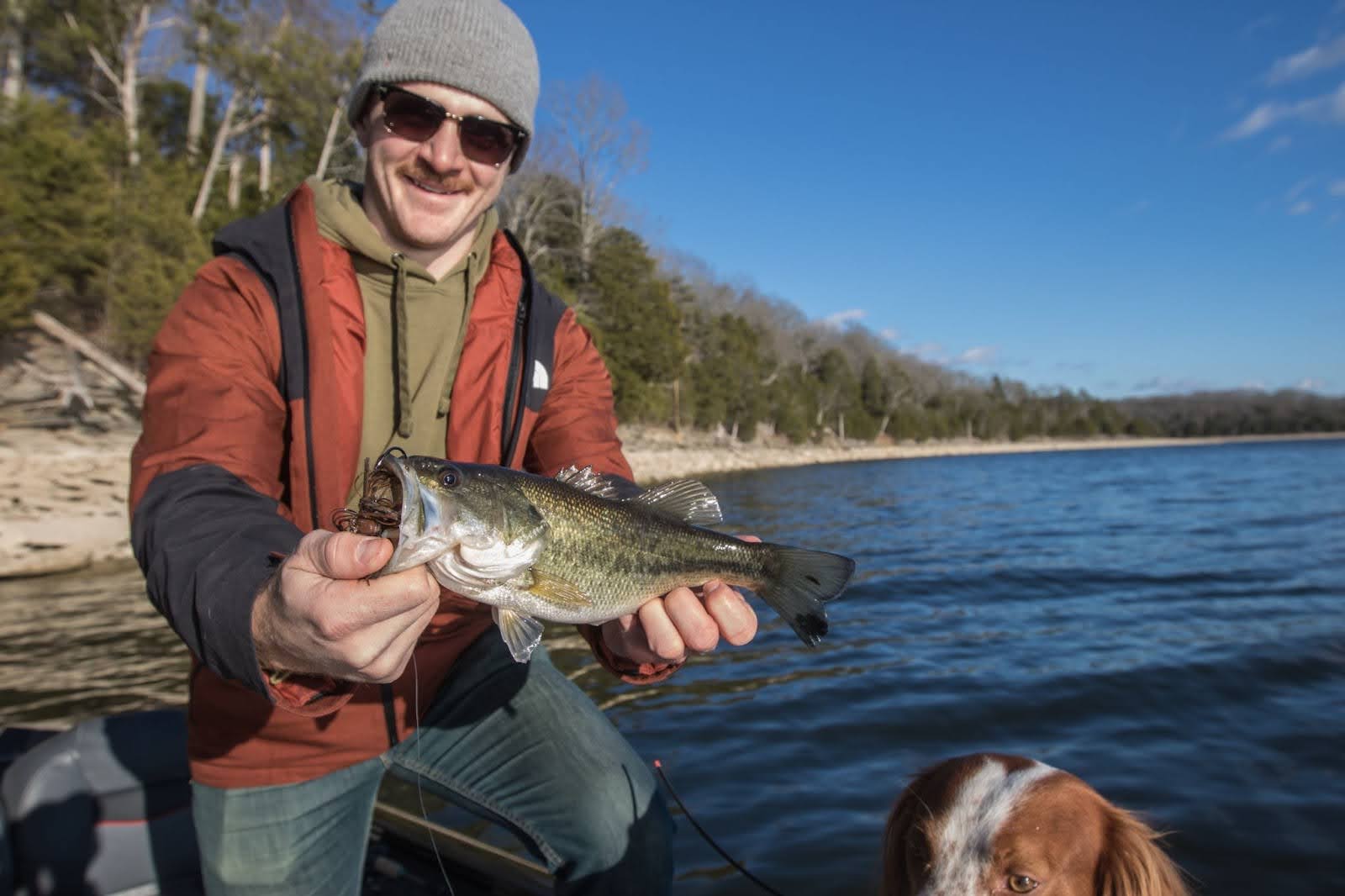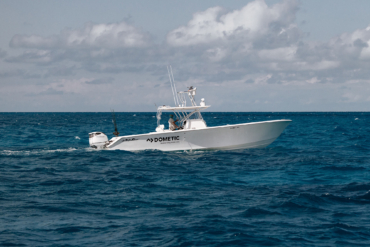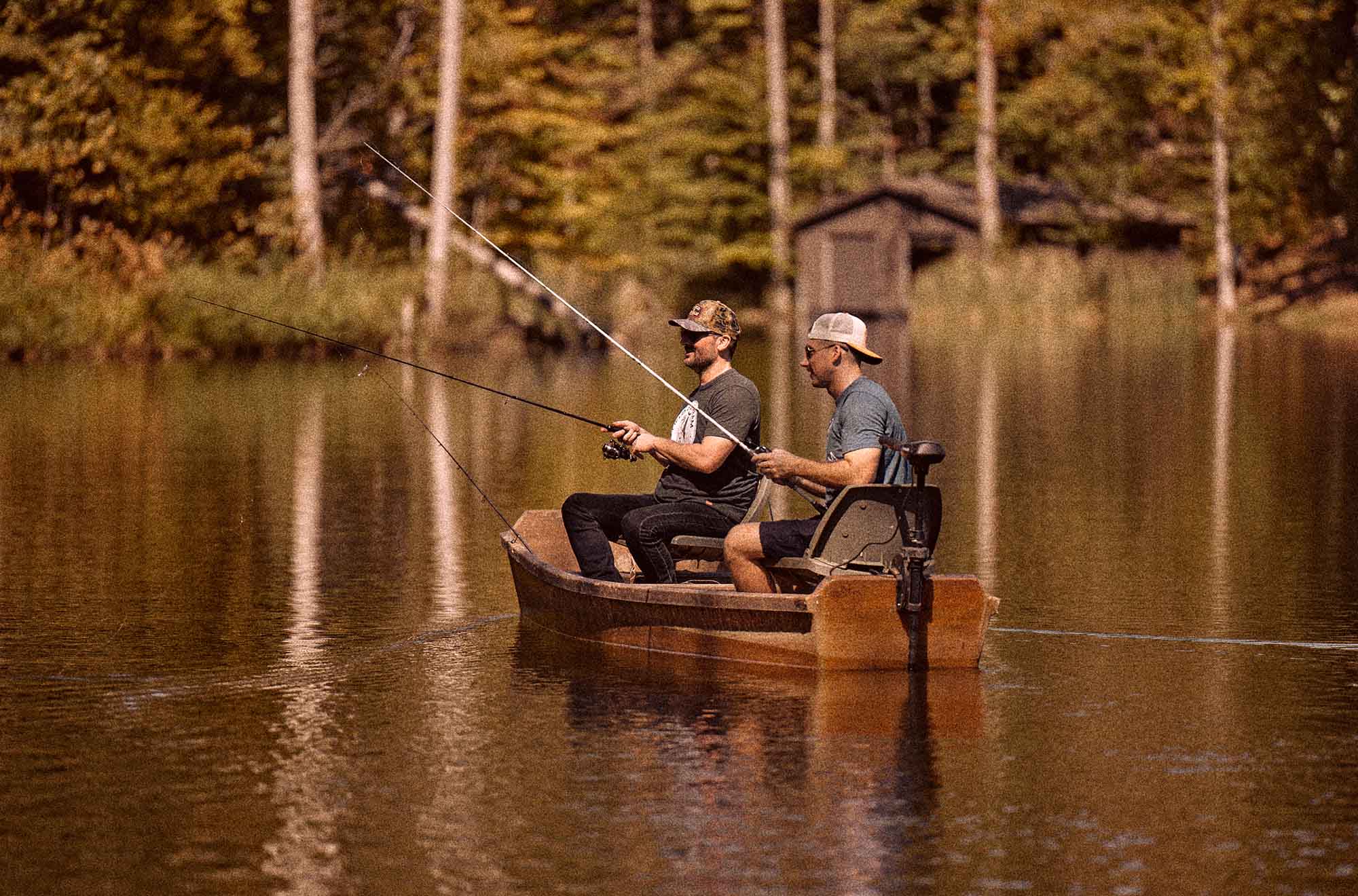Ice fishing is one of the few sports where sitting in a chair and drinking coffee (or beer) counts as peak performance. It’s just you, a frozen body of water, and the promise of a big catch. But while the promise of pulling a lunker through a tiny hole is real, so are the risks.
Every season, anglers take unexpected dips, suffer gear malfunctions at the worst times, and endure weather that turns casual fun into a survival lesson.
Below are some tips and tricks from several state agencies, along with experience from the GearJunkie editors. The purpose is to help you stay safe while you’re out on the ice.
Each year, people find themselves skating on thin ice, so to speak. It never fails: several fishermen inevitably fall through thin ice, fall victim to poor conditions, just flat fall on ice (the most common ice fishing injury), or even find their trucks sinking into the depths — every season.
Whether you are a seasoned pro or still trying to remember which end of the auger goes down, safety should always come first. From checking ice thickness to packing the right gear, here is how to stay prepared, stay warm, and, most importantly, stay on the right side of the hard water.
Ice Fishing Safety: What Can Go Wrong
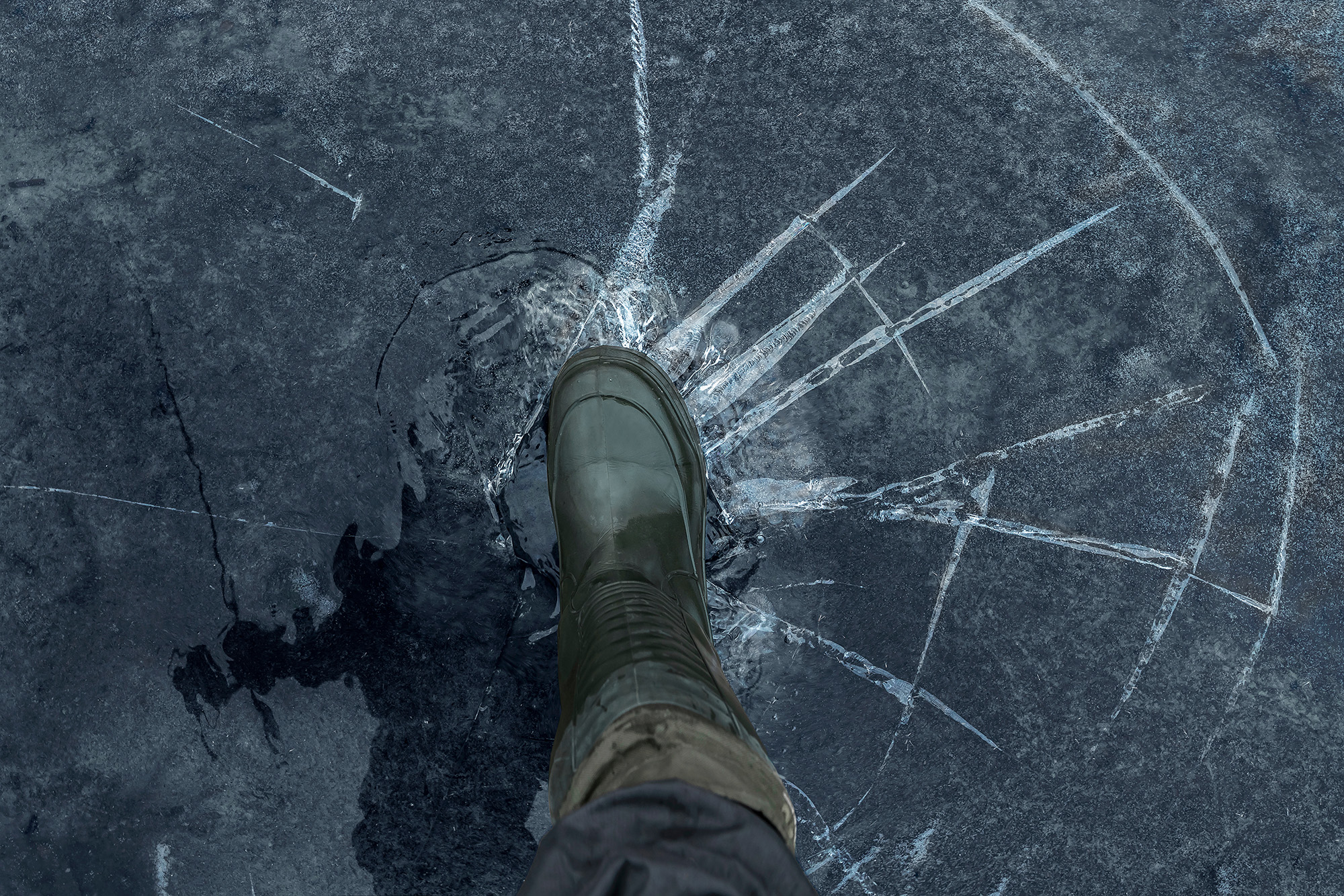
Falls
Slipping on slick ice is one of the most common ice fishing injuries. Even with the right boots, an unexpected patch of glare ice can send you sprawling. Tripping over gear, stepping into an unseen hole, or losing balance on uneven ice can lead to bruises, sprains, or worse. Wearing ice cleats and keeping a careful eye on your surroundings can help prevent painful falls.
Thin Ice
Stepping onto ice that is too thin is one of the most dangerous risks in ice fishing. Ice near inlets, outlets, and areas with moving water can be weaker than expected. Even in the middle of a lake, the thickness can vary due to underwater currents or recent temperature changes. Always test ice thickness with a spud bar before walking out.
Ice Floes
Ice doesn’t always stay put. Shifting ice floes, especially on large lakes or reservoirs, can break off and drift, leaving anglers stranded on moving ice sheets. Wind and current can widen cracks, making it impossible to return to shore. Always be aware of changing conditions and avoid fishing near large cracks or pressure ridges.
Burns
Portable heaters make ice fishing much more comfortable, but they also introduce the risk of burns. A simple mistake like touching a hot surface, spilling fuel, or placing flammable gear too close to a heater can cause serious injuries. Always use heaters safely, keeping them away from clothing and gear, and make sure your shelter is properly ventilated to prevent carbon monoxide buildup.
Wind
Wind can turn an easy trip into a dangerous one. High gusts can knock over shelters, send gear sliding across the ice, and create brutally cold wind chills that lead to frostbite. In extreme cases, strong winds can even push ice floes away from shore. Dress in windproof layers, secure your gear, and be cautious when fishing on open ice.
Collisions
Busy fishing spots often mean dodging snowmobiles, ATVs, and even vehicles on the ice. Poor visibility, speeding, or simply not paying attention can lead to serious accidents. Even walking across the ice carries risks.
If you are in a low-light situation, others may not see you until it is too late. Wearing reflective gear and keeping lights on at night can help prevent collisions.
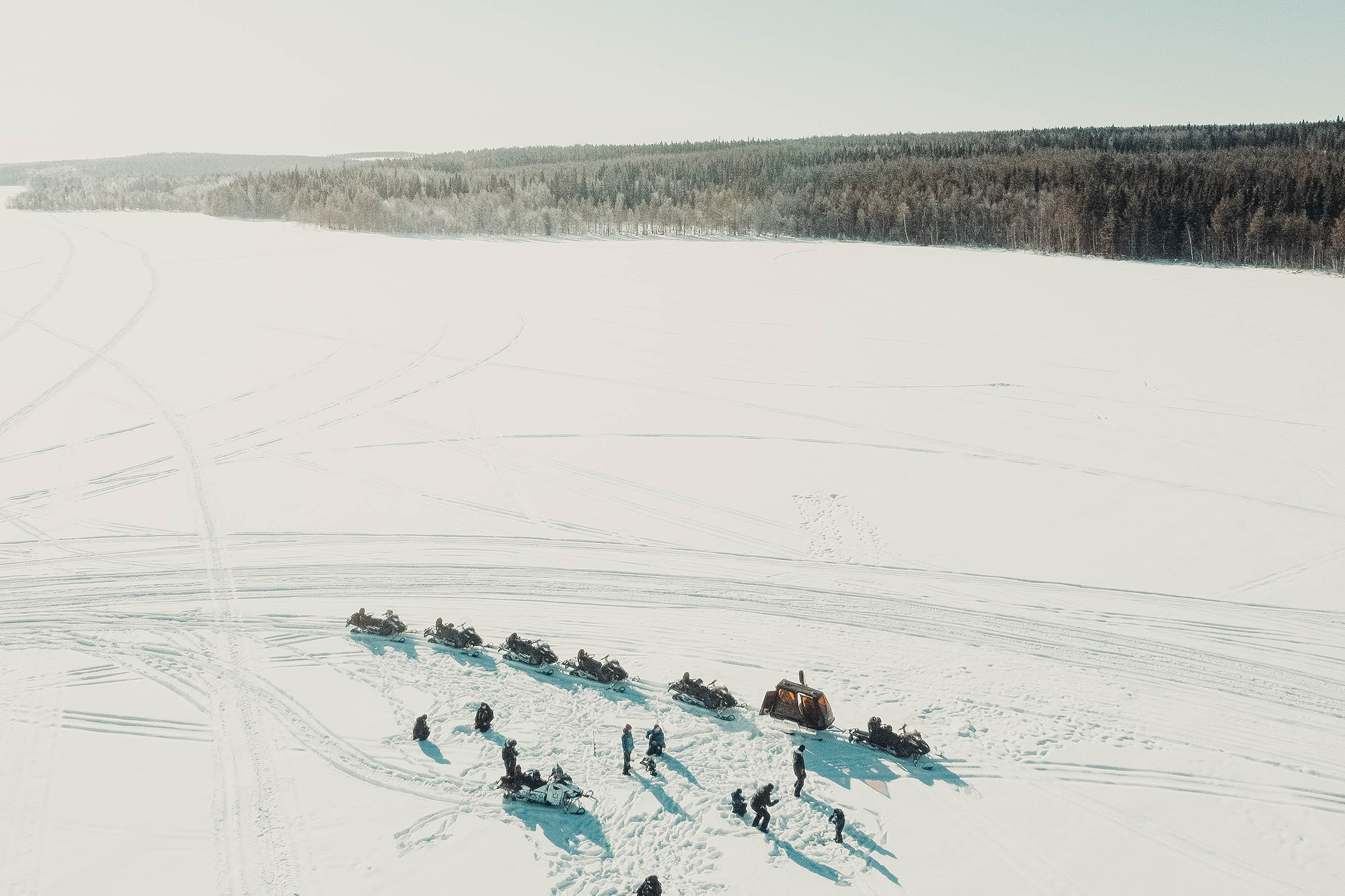
Previous Ice Holes
Old fishing holes may freeze over, but they are often thinner and weaker than the surrounding ice. Stepping into one can result in a twisted ankle, a bad fall, or even a sudden plunge into the water if the ice is weak enough.
Worse, in areas where spearfishing is common, the holes are significantly larger. Knowledgeable fishermen should replace any ice chunks they’ve removed after they’re done, but it doesn’t mean there’s been enough time for it to freeze back in place again.
Staying aware of these risks and taking the proper precautions can mean the difference between a great day on the ice and an emergency situation.
How to Prepare Before You Go
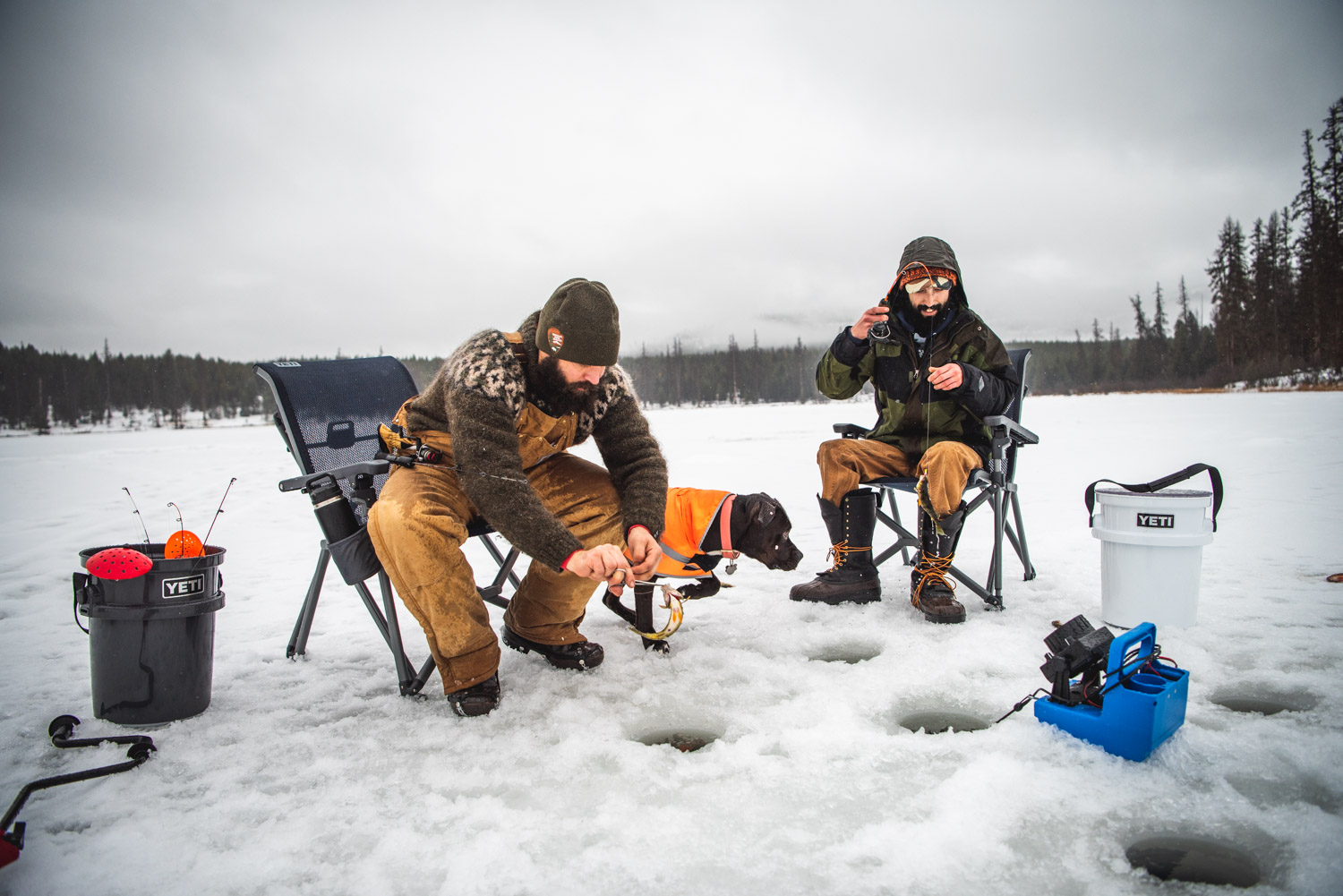
A little preparation can mean the difference between a great day on the ice and a not-so-great story for the local news. Before you load up your sled and head to the lake, make sure you have checked all the boxes for a safe trip.
Check the Weather
Winter weather has a mind of its own. One minute, it’s calm and clear; the next, you’re in a whiteout, wondering why you didn’t pack an extra layer. Always check the forecast before heading out, paying close attention to temperature swings, wind speeds, and approaching storms.
Warmer days might sound nice, but rapid thaws can weaken ice fast. Rain can be a flat-out death sentence.
Get the Ice Report
Not all ice is created equal. Local bait shops, fishing forums, and even state agencies often post ice thickness reports, so use them. As a general rule, you need at least 4 inches of clear, solid ice for walking and at least 8 to 12 inches for a snowmobile or small ATV. Slushy or cracked ice? Hard pass.
Bring a Friend
Solo fishing sounds peaceful, but it is also riskier. Having a buddy means you have an extra set of hands for hauling gear, an extra pair of eyes for spotting trouble, and, most importantly, someone to call for help if things go south. If you must go alone, pack extra safety gear and be extra cautious.
Tell Someone Where You’re Going
Even if you are fishing with a friend, always let someone else know your plan. Share your location, estimated return time, and which lake or access point you are using. If you are not back when expected, it gives searchers a head start in finding you.
Pack the Right Gear
Your list of ice fishing gear may be super minimal or as complicated and lengthy as you want it to be. Be sure to dress for changing conditions with a focus on staying warm and dry. Layers, good boots, and ice cleats are never a bad idea. You may even have an ice shelter, sled, seat, and other luxuries to keep you comfortable.
If you want to play it super safe, grab a set of ice spikes and a throw rope. I mean, it’s better to be safe than sunk.
A little prep goes a long way. Get these basics covered before you hit the ice, and you will be set up for a safe, successful day, fish or no fish.
Checking the Ice
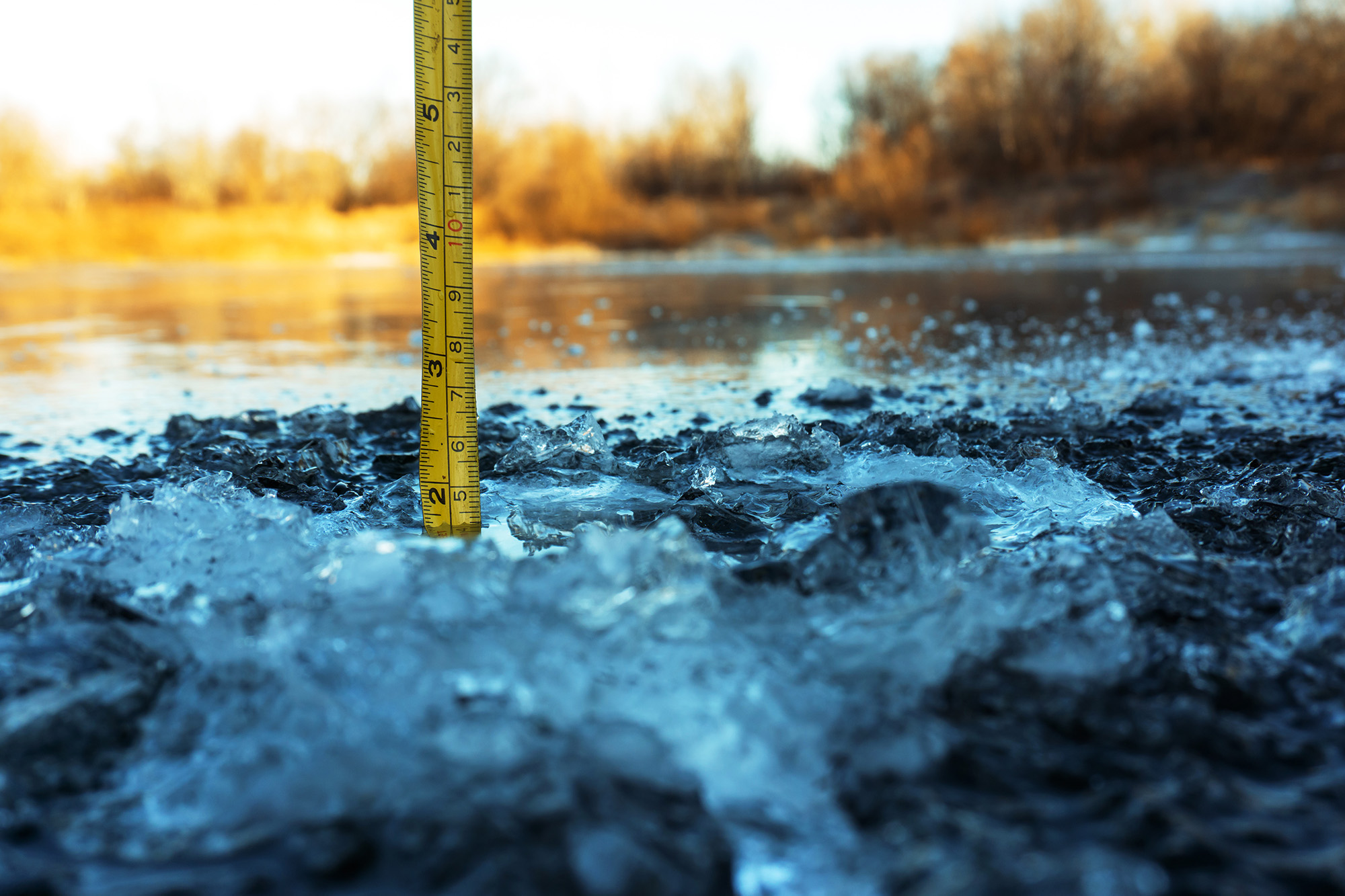
Ice reports are a great starting point, but they should never be your only source of information. Conditions can change quickly, and ice thickness is rarely uniform across an entire lake. Before you step onto the ice, take the time to check it yourself. A few extra minutes of caution can mean the difference between a successful day and an emergency situation.
Ice Thickness Varies
A lake might have a solid 10 inches of ice in one spot but only 3 inches a few yards away. Factors like underwater currents, recent temperature swings, and snow cover all affect ice formation.
Snow acts as an insulator, slowing the freezing process and sometimes hiding thin or slushy areas. Never assume ice is safe just because others are out on it. You should always check for yourself.
Moving Water Is a Hidden Danger
Ice that forms over moving water is weaker than ice over still water. Rivers, streams, and even lakes with strong underwater currents can have dangerously thin spots, even in the dead of winter. Areas near bridges, narrows, and deep basins tend to have more water movement and should be approached with caution.
Beware of Inlets and Outlets
Inlets and outlets are some of the most dangerous places on a frozen lake. Water flowing into or out of a lake keeps the ice from freezing evenly, creating unpredictable weak spots. These areas may look safe from a distance but can have dangerously thin ice underneath. Always check well away from these locations and avoid them when possible.
How to Check Ice Thickness
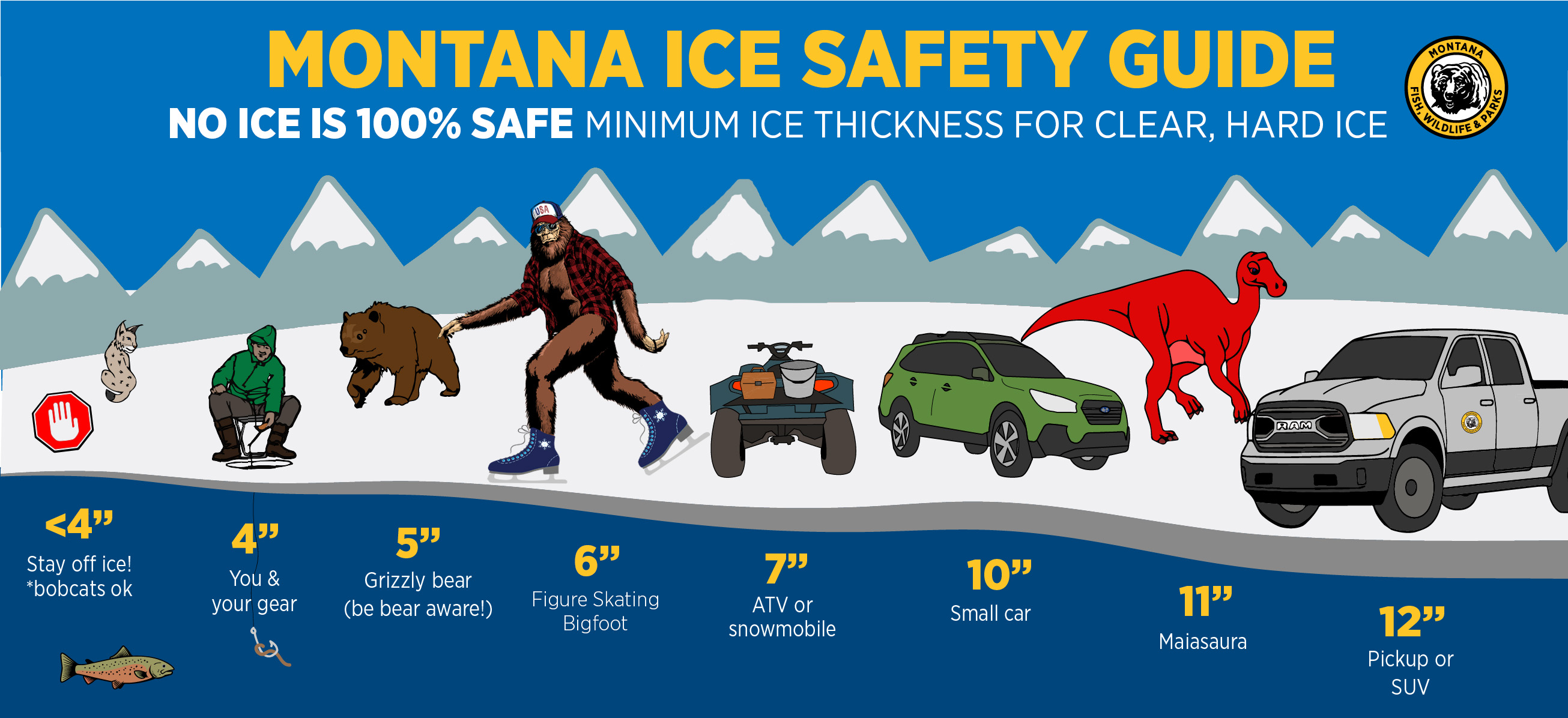
The safest way to measure ice thickness is with a spud bar or ice chisel. Strike the ice in front of you before each step, especially when venturing onto a new area. If the chisel punches through in one hit, the ice is too thin.
For a more precise measurement, drill a test hole using an auger and use a tape measure to check the ice’s thickness. A minimum of 4 inches of clear, solid ice is necessary for foot traffic, while 8 to 12 inches is needed for snowmobiles or ATVs. Anything less than 2 inches is unsafe, no matter what.
Methane Dangers
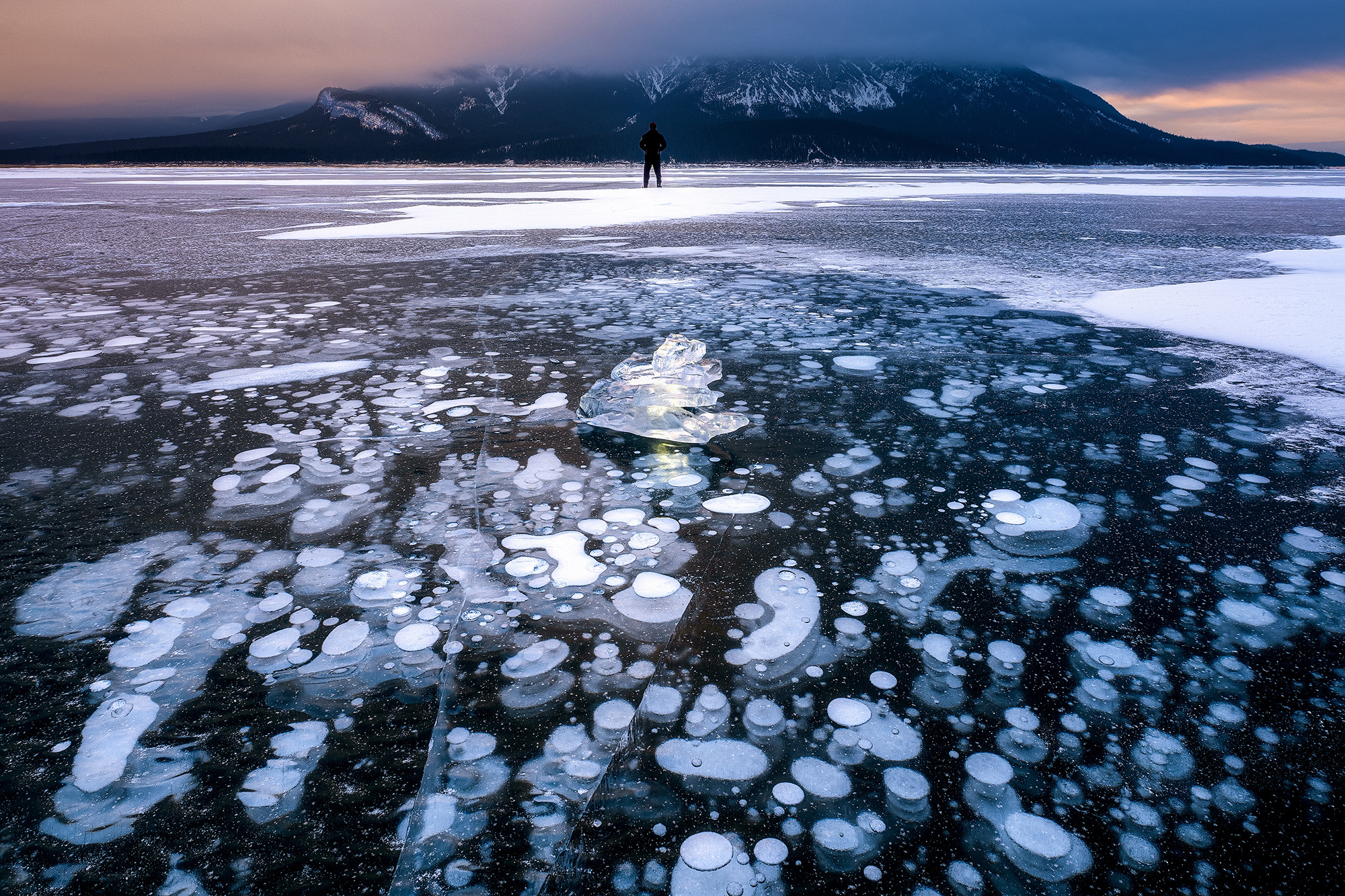
Methane gas pockets can be a hidden danger when ice fishing, especially on lakes with organic decay or reservoirs with submerged vegetation. As methane rises from the lakebed, it can create weak spots in the ice, sometimes leaving thin, slushy, or even open patches that are difficult to see until you are too close.
In extreme cases, methane can build up under the ice and cause sudden cracks or pressure shifts, making the ice unstable. If you notice bubbles trapped in the ice, unusual cracks, or sections that look discolored, it is best to avoid those areas. Methane-related weak spots can appear even in the middle of an otherwise thick and solid ice sheet, so staying aware of your surroundings is just as important as checking ice thickness.
Since methane is also flammable, be cautious when using open flames or heaters near suspected gas pockets, as an ignition source could trigger a sudden flare-up. It wouldn’t be the first time ice fishermen were literally blown out of their ice house because of methane.
Stay Alert: Live to Fish Another Day
Even with all the proper precautions, ice conditions can change as you move. Cracks, pressure ridges, and unexpected slushy patches are all signs to stop and reassess. If you start hearing cracking or see water pooling on the surface, turn around and get to safer ground immediately.
Take it slow and check it twice. If you’re unsure, stay off the ice.

